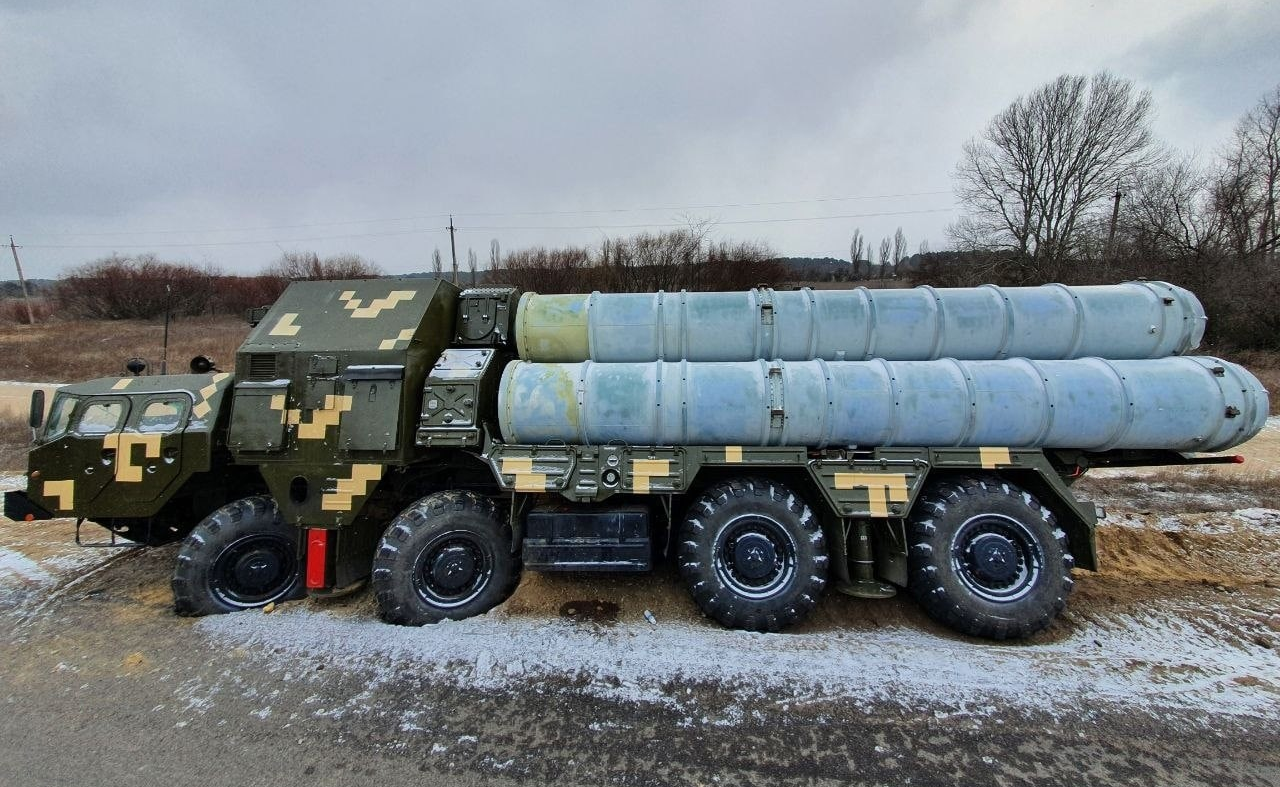,
Kazakhstan found itself in a fortunate position when it came to inheriting military equipment from the USSR. The outcome was somewhat akin to a stroke of luck. If not for the drawdown of the Group of Soviet Forces in Germany in the late 1980s, Kazakhstan could have been left with a substantial number of nuclear-capable Tu-95 bombers and intercontinental ballistic missiles (ICBMs), but sorely lacking in terms of conventional military equipment. However, with a significant number of troops formerly deployed to Europe being relocated to the Kazakhstan SSR, the country ended up inheriting a vast arsenal of military equipment far surpassing the needs of the newly-established republic.



















